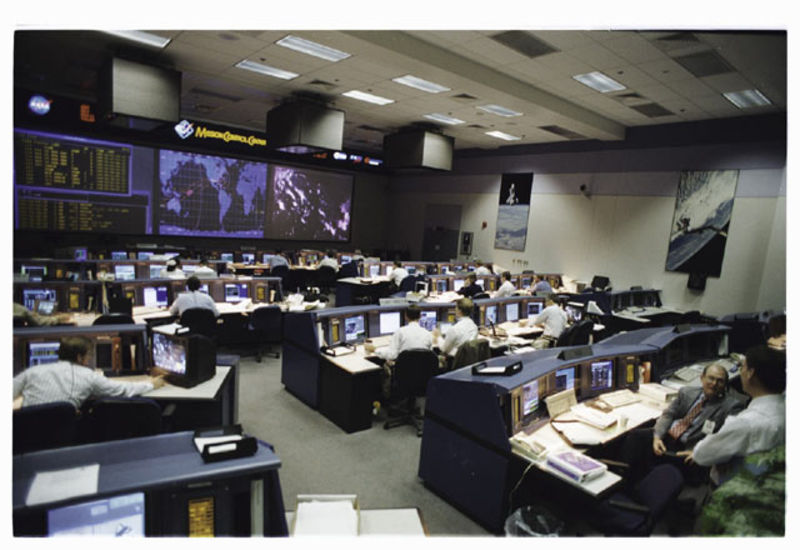
By W. Scott Cameron
1. A Time to Whine
As I mentor/coach Project Managers (PMs) and others, I have established a 10-minute maximum whining limit for our meetings.
When the 10 minutes are up, the person has a decision to make — either say “Thanks, that helped me get a lot of things off my chest,” or start to create a proposal on how to change the situation that is causing the problem.
This sounds cut and dried, but the 10-minute rule has proved very helpful to me. I can only take so much whining before I mentally shut down and begin to ignore what a person is telling me. I meet with 3-5 people daily; thus, I am still getting more than the recommended daily dosage of whining. Over time, the people I meet with have begun to understand the 10-minute rule is an effective one. It provides them with either a defined “venting” space or an opportunity to formulate a proposal to change the status quo.
2. Change Things You Can Control
The balance between time spent at work and at home is a recurring topic in my 1:1 meetings. Recently, a project manager (PM) complained he couldn’t keep up with his e-mail/paper work because of all the interruptions he has in the office. After 10 minutes, I asked him what would it take for him to better manage this situation. He felt working at home and coming to the office later in the morning would improve this situation. I asked what was stopping him from doing this. He indicated he always came to work at 7 a.m. and would feel funny staying home as his co-workers would see he wasn’t in his office. After thinking about this, he realized it was his routine keeping him from alleviating this situation. Thus, he proposed to change his work routine. Now he uses uninterrupted time at home to manage his workload. This was no small feat, as changing a personal routine is hard, but if it accomplishes what you want it is worth it.
3. Seek Ways to Use Innovation to Your Advantage
There are many tasks to which you can apply your energies to effectively change the status quo at work and in your personal life. There are only 24 hours a day, 7 days a week, and 365 days a year. Thus, you need to pick the items you want to change in your personal and work life carefully.
I have always believed it best to strike a balance between my work and my personal life. To put too much into one and not enough into the other always leaves me feeling unsatisfied with myself at the core. At this stage of my life and career, you would expect I would have it all worked out by now. Not so! To achieve the balance I require, I’ve found I must constantly tinker with the scales.
Here is an example of how I used an innovative solution to help me at a time I felt “unbalanced.” During portions of my career I have traveled in excess of 80 percent of the time on business. I don’t dislike travel, but there was a time when I felt a desire to minimize it. I thought it was killing my personal life, so I considered the alternatives.
One of my bi-weekly trips then was to Phoenix for project reviews. This was before the days of videoconferences and web cams — but after the telegraph was invented. I spent 3 or 4 days a month traveling to and from Phoenix and sitting in project reviews. I had to change this and proposed a different communication vehicle to the person I was working with. I proposed we invest the money the project spent on my travel to buy a video camera. He could then videotape the site and the process-and-packing construction areas we normally toured before our meetings and send me the tape. I’d review the tape in my office, and then we would conduct a conference call and accomplish in less than four hours what normally took 3 or 4 days per month of travel. It was a success and I felt satisfied, both at home and at the office.
4. Understand the Difference between Status Quo and Folklore
Procter & Gamble, in my opinion, has a very robust way of obtaining project funding. In a nutshell, you write a proposal stating the business needs/benefits and its financial impact, and then you gain your hierarchy’s approval or rejection. Many PMs complain it is too hard to obtain project funding. When asked why they feel this way, they eventually admit they do not understand the funding process. Their bosses also do not always understand this process but are generally willing to give the PM their personal experience (folklore), saying something like “You can’t do that because I’ve never done it that way!”
I try to have people understand what the status quo really is versus what others think it is (folklore). Once you understand what the status quo is, you are in a far better position to either change it or whine about it — 10 minutes max!








